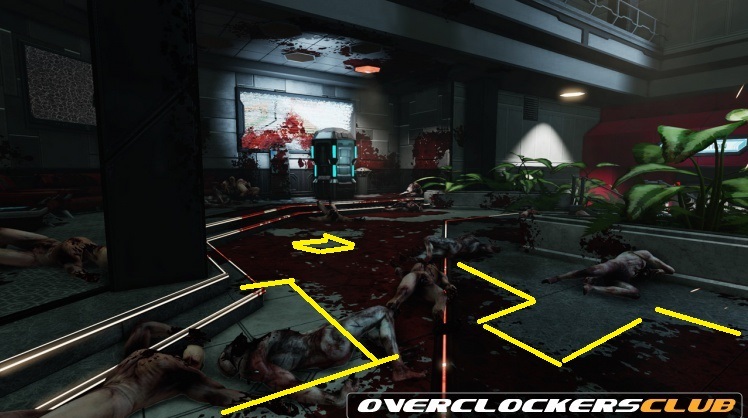I've read the PC gamer articles a hundred times over in excitement and something that has really caught my eye is the permanent gore system and I noticed how you said that you are modifying the textures live in game to save a ton of memory so the gore can stay.
This got me and my flat mate talking on the ways you might have done this. Because we were both saying that with the amount of constant (awesome!) gore and layers building up reloading that texture constantly would also eat up memory.
The only way we could think you may do this is in bulk by still using projected gore and converting to texture in bulk (after a certain amount of memory use reached or a timer) or if it is real time you have some mega optimisation there. Or is there some really cleaver third way I can't think of
Also does this texture swapping only apply to gore? Do other decals such as bullet holes apply? Can I have the pleasure of writing in the wall in bullets and having it stand for the entire game?
This got me and my flat mate talking on the ways you might have done this. Because we were both saying that with the amount of constant (awesome!) gore and layers building up reloading that texture constantly would also eat up memory.
The only way we could think you may do this is in bulk by still using projected gore and converting to texture in bulk (after a certain amount of memory use reached or a timer) or if it is real time you have some mega optimisation there. Or is there some really cleaver third way I can't think of
Also does this texture swapping only apply to gore? Do other decals such as bullet holes apply? Can I have the pleasure of writing in the wall in bullets and having it stand for the entire game?



